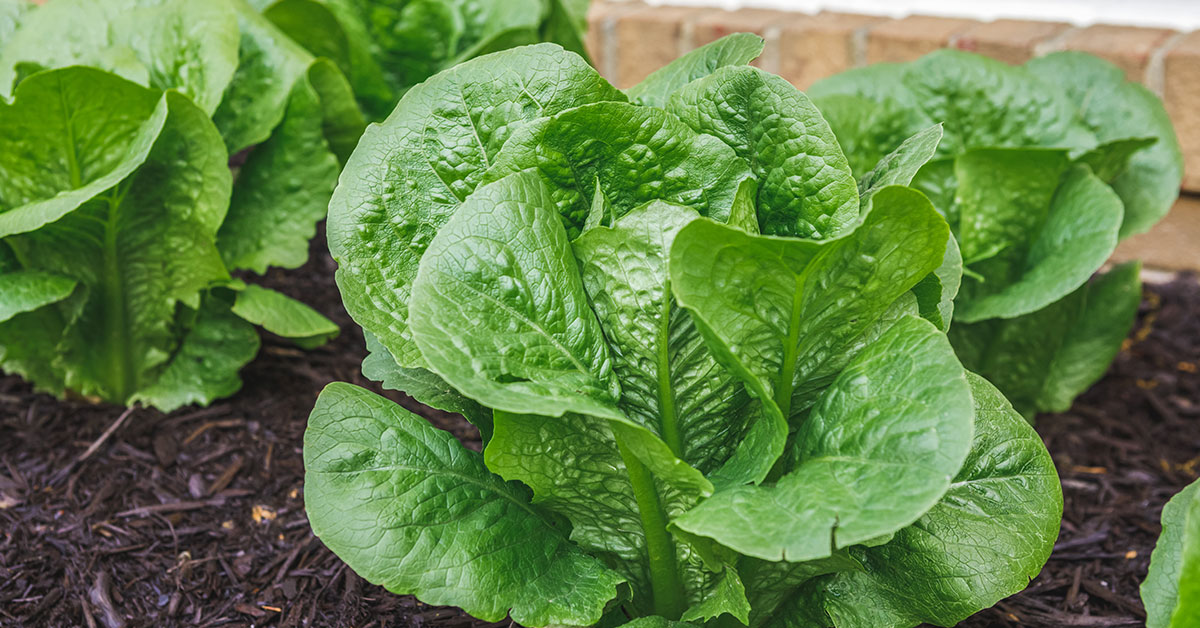Romaine lettuce, with its crisp and refreshing leaves, is a popular choice for salads and sandwiches. However, knowing the right time to harvest this leafy green is crucial to ensure optimal taste and texture. Harvesting Romaine lettuce at the right stage of maturity ensures that you enjoy its full flavor and nutritional benefits.
In this article, we will explore the signs to look for when determining when to harvest Romaine lettuce, as well as some helpful tips to ensure a successful harvest. Whether you are a seasoned gardener or a beginner, understanding the ideal harvest time for Romaine lettuce will elevate your gardening experience and delight your taste buds.
When to Harvest
Romaine lettuce is typically ready to harvest when the leaves have reached a length of 6 to 8 inches and are firm and crisp. This usually takes around 60 to 70 days from planting. However, you can also harvest individual outer leaves as needed for a continuous harvest, starting when they are large enough to use. Just be sure not to remove all the leaves at once, as this can hinder further growth.
Signs Your Romaine Lettuce Are Ready to Be Harvested
There are a few signs to look for when determining if Romaine Lettuce is ready to be harvested:
- Size: Romaine Lettuce heads typically reach a mature size of 6 to 10 inches in height. Once they have reached this size, they are generally ready to be harvested.
- Firmness: Gently squeeze the head of the lettuce. If it feels firm and dense, it is likely ready for harvest. Avoid harvesting if the head feels loose or soft, as this may indicate underdeveloped leaves.
- Leaf color: Romaine Lettuce leaves should be a vibrant green color. If the leaves start to turn yellow or brown, it may be a sign that the lettuce is past its prime and should be harvested soon.
- Leaf texture: The leaves of Romaine Lettuce should be crisp and have a slightly waxy texture. If the leaves appear wilted or limp, it is a sign that the lettuce is no longer fresh and should be harvested.
- Days to maturity: Check the seed packet or plant label for the estimated days to maturity. This will give you a general idea of when the lettuce should be ready for harvest. However, it’s important to note that this is just an estimate, and the actual harvest time may vary depending on growing conditions.
Remember, it’s always better to harvest Romaine Lettuce a bit earlier rather than waiting too long, as overripe lettuce can become bitter and lose its desirable texture.
Signs Your Romaine Lettuce Aren’t Ripe Yet
There are a few signs that indicate Romaine Lettuce is not yet ripe and should not be harvested:
- Size: Romaine Lettuce heads should reach a mature size before harvesting. Generally, they should be around 6-8 inches tall and have a firm, compact shape. If the heads are still small and loose, it’s an indication that they need more time to grow.
- Color: Ripe Romaine Lettuce should have vibrant green leaves. If the leaves are pale or yellowish, it means they are not fully developed and may lack flavor.
- Texture: The leaves of ripe Romaine Lettuce should be crisp and firm. If they feel soft or wilted, it’s a sign that the lettuce is not yet ready for harvest.
- Leaf arrangement: Romaine Lettuce forms a tight, upright head when it’s mature. If the leaves are still spreading out or not tightly packed, it’s an indication that the lettuce needs more time to grow.
- Taste: Lastly, you can always taste a small leaf to determine if the Romaine Lettuce is ready for harvest. If the flavor is bitter or lacks sweetness, it’s a sign that the lettuce is not yet ripe.
Remember, it’s better to wait for the Romaine Lettuce to reach its full maturity before harvesting to ensure the best taste and texture.













